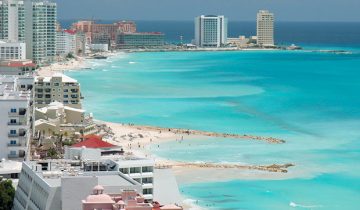Plus points taking private Rome tours: You may not know what you don’t know. You may not be aware of all the wonderful experiences available to you in any given location. Though you can do extensive research online, there are still many amazing experiences, restaurants, and local activities that may be completely new or haven’t been shared on social media yet. We have personal connections in each of the locations we run tours and are constantly seeking out new experiences for our guests. Let us help you create your itinerary by suggesting activities that may have not even been on your radar.
What to visit in Rome : Victor Emmanuel II Monument – Built in honour of Victor Emmanuel, the first king of a unified Italy, this bombastic monument may appear to be solid white marble but actually contains many rooms inside. It was designed by Giuseppe Sacconi in 1885 and completed in 1925. There are two permanent museums, one on Italian Reunification and one on emigration from Italy, as well as other spaces that host rotating exhibitions. The Victor Emmanuel Monument is not exactly known as one of Rome’s most beautiful structures but it is nevertheless well worth the visit, even if only for the great views from the top.
Strategically set 50 meters above the Tiber, the Palatine Hill shows evidence of Rome’s earliest settlement: rock-cuttings found in front of the Temple of Cybele show human activity as long ago as the ninth century BC. Later, this was the site chosen by the emperors and great aristocratic families for their palaces. The Farnese Gardens were laid out on the hill in the 16th century for Cardinal Alessandro Farnese, a pleasure park of terraces, pavilions, lawns, flowerbeds, trees, and fountains designed as a kind of stage-setting for social gatherings. Highlights of the Palatine Hill are the House of Livia (Augustus’ wife), the semi-subterranean Cryptoporticus, Domus Flavia, Domus Augustana, and most imposing of all, the Baths of Septimius Severus. The Palatine Hill is a lovely place to explore, combining a park with magnificent and impressive ruins of ancient Rome.
National Roman Museum – If you want to soak in as much of Rome’s history, heritage and culture as possible, then don’t miss the National Roman Museum, or the Museo Nazionale Romano. This Roman museum does not house its entire collection in one spot. Instead, exhibits are located in multiple destinations throughout the city. Find amber, Roman artifacts and jewelry within the incredible Palazzo Massimo alle Terme, admire breathtaking use of marble and stunning sculptures within the Palazzo Altemps and get an up-close look at Roman baths at the restored historic site of the Baths of Diocletian. Book private tours of Rome…
Circo Massimo, Circus Maximus, was an ancient stadium for chariot racing constructed in the 6th century. Like the Colosseum, it was used for games and gladiator fights and was one of the city’s most important public spaces. It is strategically located under the Palatine and Aventine hills and today is used for large concerts and events.
Free things to do in Rome : Crawl the Piazzas , Piazza Navona and Piazza Campo dei Fiori are the two most famous piazze (public squares) in Rome. Piazza Navona, which follows the plan of an ancient circus (public event venue) and contains two famous fountains by Bernini, comes alive in the evenings. Piazza Navona is a wonderful pedestrian square where many locals take their evening stroll. The Campo dei Fiori (the field of flowers) is best experienced during the daytime market hours. Numerous caf?s, restaurants, and bars circle the Campo. You’ll eat much cheaper around the Campo dei Fiori, where there are take-out stands and delis everywhere.

